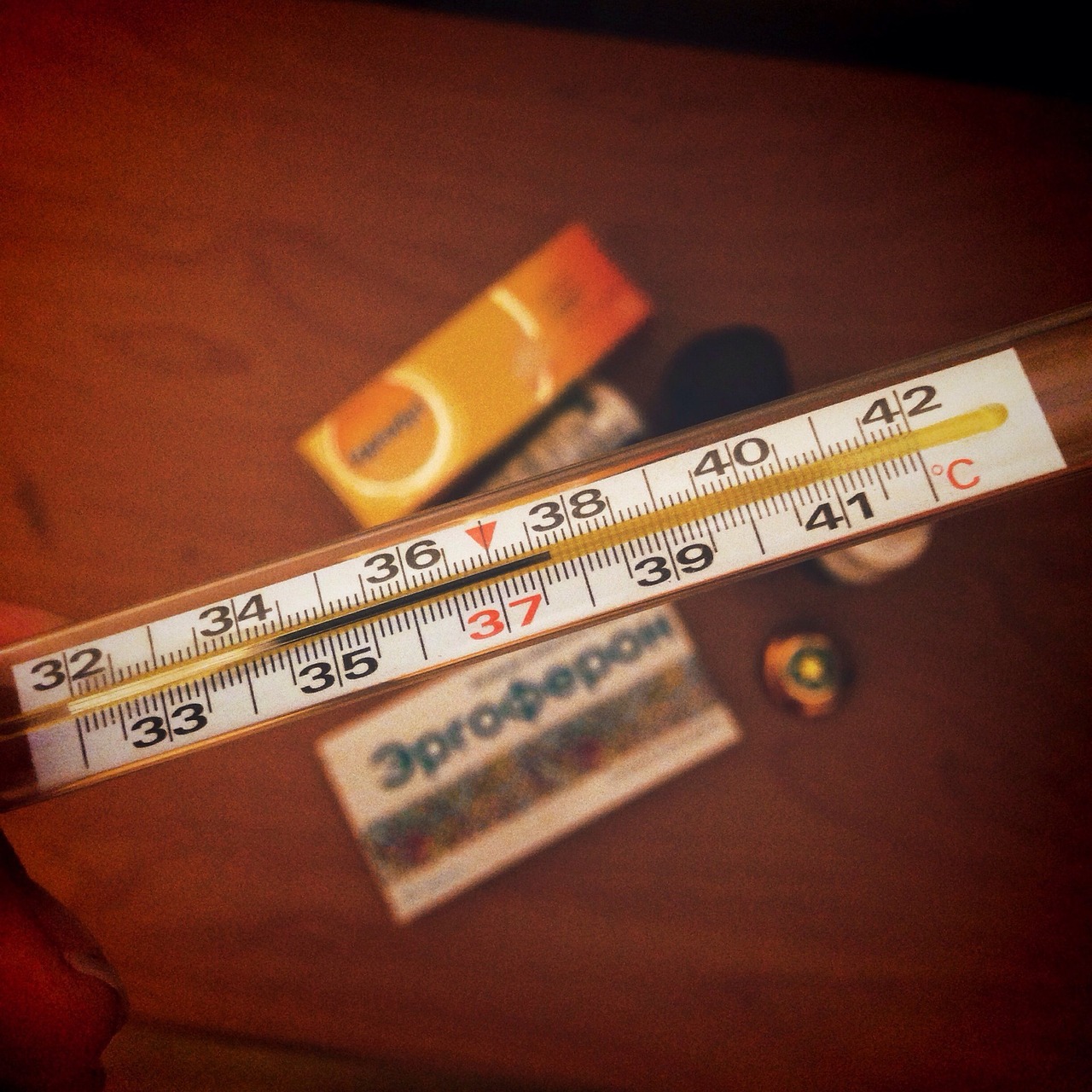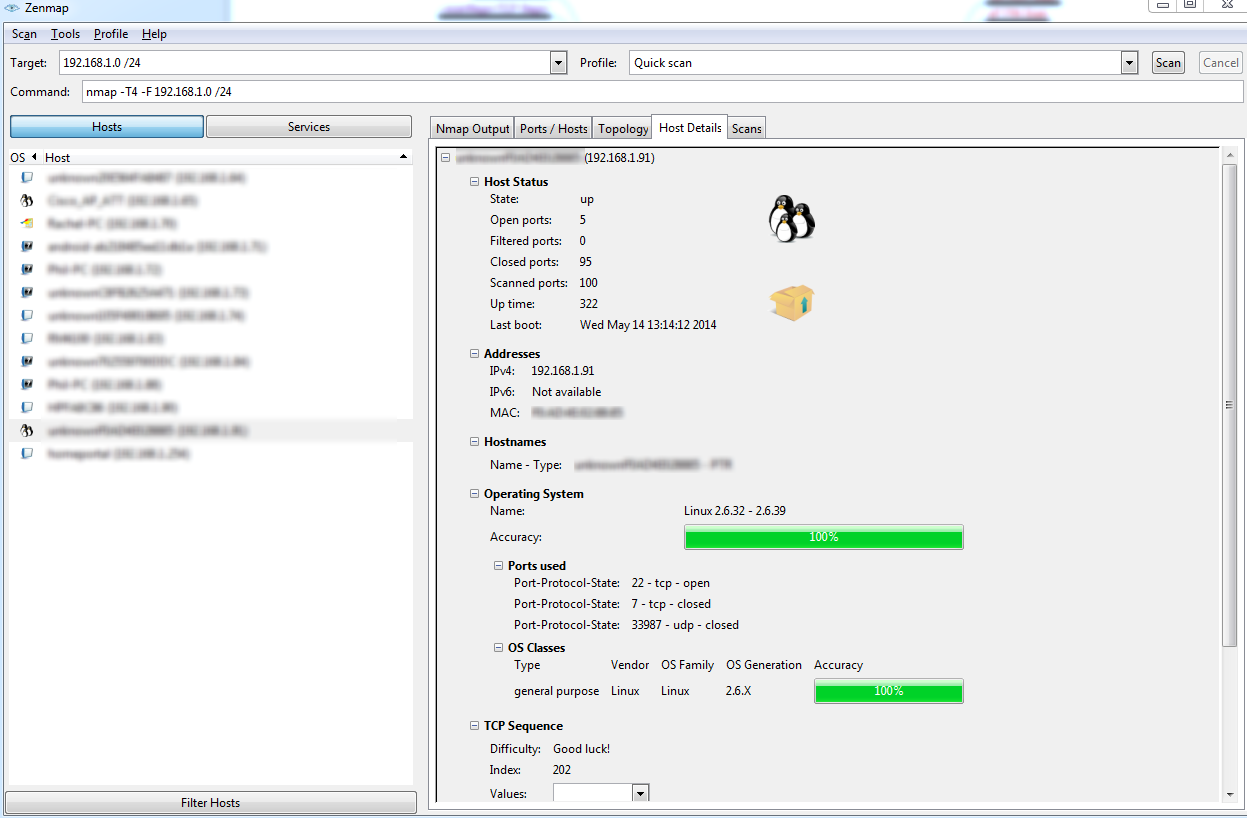I'm gonna tell it to you straight, BAS controls are changing! Multiple technology systems have gotten away from the proprietary controller model and if buildings are ever going to be truly intelligent than BAS systems need to do the same. In this article I will discuss what I see as the BAS of the Future and how I see it impacting our industry.
It's not every day you see a guy who has made his career in building automation systems prophesy about the removal of the systems that have paid his bills for the past years but in this blog I am doing just that. I believe after reading this article you will see the extremely strong case in favor of removing field controllers from the building automation system architecture. There are 4 key reasons I believe controllers and field level networks will be a thing of the past.
#1 Smart Buildings are Becoming Slightly less Dumb
The whole smart building concept really began to buzz early in the 2000's but it wasn't until the last 2-3 years (I'm leaning more towards 2), that smart buildings became somewhat intelligent. If you had to rank the intelligence of building technologies according to an IQ I would give the average smart building an IQ of 80 (and that's being generous).
Look, several control companies have these wonderful videos of a floating hand drawing concepts onto a white board with a deep booming voice proclaiming the monumental impact these systems are having. The reality is if you can simply get an energy meter mapped into a load shedding program you're doing better than 90% of the buildings out there. There are very, VERY few buildings that converge systems to cover what I call the "Garage to Desk" workflow.
Now this is not entirely the controls vendor's fault, many customers don't understand nor want complex integrations, Keep It Simple Stupid is the principle of the day. Additionally, many consultants are increasingly pressured to product low-cost designs which discourage the pursuit of cutting edge technologies.
What could a smart system look like? Imagine that when someone pulls into a building's garage the system engages his/her "sequence". What then would this sequence be? The following are a few things that could be automated and optimized with a smart building.
- Port and VoIP activation (reduced electrical and IP Loads)
- Plug Load Power up/down (Reduced electrical cost)
- Virtualized compute resources on thin clients activating and performing data transfer from home to office devices. (reduced CAPx and support for BYOD)
- Segmented Air-Conditioning and smart room profile adjustments. (Reduced operational/electrical costs and reduced wear and tear on equipment)
- Security awareness, RTLS systems that identify a user and track that user throughout the building. (Increased security, and load profiling for resource assignment)
- Mobile Pathing for guests that link with scheduling systems and security systems to direct guests to their meetings via a mobile location service. (Customer experience and engagement)
#2 HVAC isn't that Complex
Contrary to what a high-priced consultant may tell you HVAC and BAS systems really aren't that complicated. I sat on a call the other day where a consultant was retained to create a solution to integrate a Tridium and a JCI system. Do you know what the consultant's answer was? Let's throw another BAS system on top of it...
Say what! That makes absolutely no sense! The problem is most consultants want you to think that BAS and HVAC is complicated and that throwing products at solutions are the fix!
Why not do a simple BACnet integration between the Tridium and JCI system? Pick a system, if you like Tridium great go with that one, if you like JCI then use that. It does the customer no favors whatsoever to slap a third system on top of their BAS's.
However, you didn't come here to read me ranting against bad design practices.
The fact is that as long as controllers abound there will always be a physical response to what is a software based solution. The reality is 80% of your systems can run with the default programs. Why not embed a software chip into a HVAC device and allow it to be set to standard sequences with the option to change the sequences with a plugin tool.
LON tried this with their chip and Plugin model but the problem was outside of the plugin as the market had yet to find a practical usage for an embedded HVAC device.
Now with the prevalence of API's a manufacturer can create HVAC systems that can communicate with a variety of building systems using an open API. Furthermore, systems can now be dropped in place, performing self-commissioning and integration on the fly. This is the now, several manufacturers are doing this or have the product in development.
The push-back has been the "cost" of an embedded chip. An average controller costs around $200-400 USD, when you factor in wiring, and technician setup you are looking at anywhere from $1000 - 5000 USD per unit. However, an embedded chip costs around 200-300 dollars depending on volume and pricing negotiations.
The wiring can be prefabricated, and technician time can be virtually eliminated. The real reason you don't see people moving on this is the loss of profit on the services side. However, if done right a series of applications can be developed with an annual cost that allows the firm to gather predictable income from a SaaS model.
#3 Networks are Reliable
Back in the days of 56k modems, shared cable bandwidth, and wireless dead-spots it wasn't practical to deploy an embedded IP-based controls solution. Times are a changing and we are seeing the market adopting 3g infrastructure, PoE (Power over Ethernet) and wireless mesh networks.
The up-time on these systems is near 100%. The near constant up-time is critical when you deploy embedded IP solutions because much of the control and smarts of the solution is dependent on other systems.
Smart living breathing buildings has long been sought by engineers and building owners however the design and application of these buildings was limited by a slow network architecture that utilized near archaic protocols.
With IP, RESTful API's, and embedded control systems, systems will now be able to natively communicate without complex implementations of the BACnet, LON, or, insert your protocol here, stack. This will enable software developers to create applications that truly automate and optimize buildings.
HVAC loads that shift based on network utilization and smart occupancy systems that coordinate meeting space based upon lighting and thermal loads that vary throughout the day are just two strategies that couldn't be implemented on the unreliable networks of the past.
#4 API's Really Work!
Application Programming Interfaces (API) are the future of building automation systems. However, most systems do not support a truly vendor agnostic API approach. The good news is we have seen API's working in third-party vendor products. I recently sat down with the folks at CommScope and they showed me their new lighting system.
My regular audience knows I do not endorse products unless I use them on a regular basis, but I was so impressed with their approach on lighting that I am talking about it here. What was so impressive was not the Power over Ethernet (PoE), embedded temperature sensors with 1 degree accuracy, or the motion tracking.
What impressed me was their approach. They took a traditional lighting system and released the API and SDK so that vendors can develop applications based on what they want to accomplish.
Some of the things they are doing outside the BAS are simply amazing and this my friendly readers is where it starts! Ancillary systems becoming more and more open forcing the BAS systems of the future to be native IP. This disconnects the end-user from a product and connects them to an outcome.
The BAS of the future becomes a means to an end.
The magic no longer happens at a controller, the magic happens at the middle-ware. The BAS will interface devices and provide a platform from which controls companies can drive outcomes! The true expertise then comes with which company has the experience to ensure messaging and systems are aligned, that a unified specification drives appropriate outcomes, and that capital expenditures are reduced by streamlining workflows and eliminating duplicate product.
I am SO excited about the future, this is the stuff I work on every day and the emergence of true API's and open frameworks are leading the way to create truly smart systems.
Conclusion
So there you have it, controls are becoming less of a selling factor, there are only so many ways you can program a VAV box!
The real outcomes, the real win, for the customer and the provider are unified systems. Systems where the field device doesn't matter. You are purchasing unified systems, when you walk in your building knows who you are and creates an experience.
This is the future, those who embrace technology, learn to be true systems integrators, and provide intelligent systems to their clients will own a high margin business, not at the expense of the customer but rather to the customers delight as a unified building will deliver results.
What are your thoughts on the future of field controllers and BAS systems? How do you see technology changing the market space? What do you agree with or better yet disagree with in this article? Sound off!





